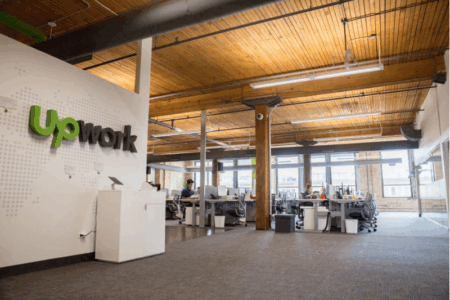In just a blink of an eye, half the year has passed.
At this half-year point, it’s a good time to take stock of how certain sectors have performed and to provide an outlook for the rest of 2022.
Singapore’s three local banks, namely DBS Group (SGX: S05), United Overseas Bank Ltd (SGX: U11), or UOB, and OCBC Ltd (SGX: O39), make up around 46% of the Straits Times Index (SGX: ^STI) by weight as of 31 March 2022.
Hence, we will turn our attention to these financial institutions as they form the pillar of Singapore’s economy.
Many factors impacted these lenders during the year and will go on to affect them in the coming quarters, too.
Let’s have a look at where the banks had been and where they could go from here.
Share price declines across the board
All three banks saw their share prices dipping in the first half of 2022 (1H2022).
OCBC’s performance was the most resilient as its share price stayed nearly flat at S$11.39 after opening the year at S$11.40.
UOB’s share price dipped by 2.4% from S$26.90 to S$26.25, while DBS Group saw the largest fall of the three with a 9.1% decline to S$29.68.
Remember that all three banks had a stellar run last year, so it’s perhaps not surprising to witness a fall this year as economic conditions become uncertain.
DBS was the star performer with a 30.4% gain in 2021, while UOB came in second with a 19.1% rise with OCBC holding up the rear with a 13.3% share price increase.
Financial numbers are holding up
To put things in perspective, the good performance in 2021 was due to the strong financial results reported by all three banks.
DBS reported a record S$6.8 billion net profit last year as fee income surged and its loan book grew at a healthy clip.
UOB saw its net profit surge by 40% year on year in 2021 to S$4 billion due to the same reasons, while OCBC’s net profit jumped by 35% year on year to S$4.86 billion.
As we move into the first quarter of 2022 (1Q2022), all three banks reported both revenue and net profit declines due to a combination of lower fee income and low net interest margins.
DBS saw net profit for 1Q2022 fall 10% year on year even as it chalked up its second-highest net profit for the group.
Meanwhile, UOB and OCBC both also reported a 10% year on year decline in net profit but UOB saw loan-related fees hit a new high while OCBC reported stable net interest margins.
Still, there were signs that there will be a pick-up in activity as all the lenders had hinted at rising interest rates as a catalyst for their net interest income.
Positives and negatives
Looking into the future, it’s a mixed bag of positives and negatives for the banks.
The Federal Reserve has hiked its benchmark interest rate by 0.75 percentage points last month, the sharpest increase in 28 years.
Policymakers have promised further rapid interest rate increases to combat inflation in the US, which has risen to a four-decade high of 8.6%.
DBS, UOB and OCBC will benefit from this surge as they can dole out loans at higher rates, thereby boosting their net interest margin and income.
Mortgage loans have already seen rates hit multi-year highs as all three banks reprice their loan offerings.
On our local bank’s part, DBS expects to see an uplift of S$1.9 billion for every percentage point rise in the Federal Funds Rate, while UOB and OCBC are projecting its net interest income rising by S$600 million and S$700 million, respectively.
While this news is generally positive for banks, there is also risk.
If interest rates are increased too high, they may trigger an economic slowdown and possible recession.
Increased market volatility could also crimp the banks’ fee income as fewer people are willing to put their money into the market.
A decline in consumer spending will also impact credit cards, loans and transaction-related fees.
If the economy dives, the banks could see loan growth turn negative and may have to make higher provisions for non-performing loans.
Get Smart: Sensitive to the economy
Banks are sensitive to market volatility and their fortunes are closely tied to the health of the economy.
While rising rates may provide a tailwind for the banks’ net interest income, they could also act as headwinds to loan growth and may bump up provisions for bad loans.
Investors should closely monitor the banks’ next quarter’s earnings report for signs of stress on their loan books if any.
Commentary from the CEOs will also help to set expectations on how the different variables will impact the banks’ overall financial performance.
In our special FREE report, Top 9 Dividend Stocks for 2022 – and 3 Tactical Shifts to Maximise Your Profits, we’re revealing 3 special categories of stocks that are poised to deliver maximum growth in 2022 and beyond.
Our safe-harbour stocks are a set of blue-chip companies that have been able to hold their own and deliver steady dividends. Growth accelerators stocks are enterprising businesses poised to continue their growth. And finally, the pandemic surprises are the unexpected winners of the pandemic.
Download for free to find out which are our safe-harbour stocks, growth accelerators, and pandemic winners! CLICK HERE to find out now!
Follow us on Facebook and Telegram for the latest investing news and analyses!
Disclaimer: Royston Yang owns shares of DBS Group.




